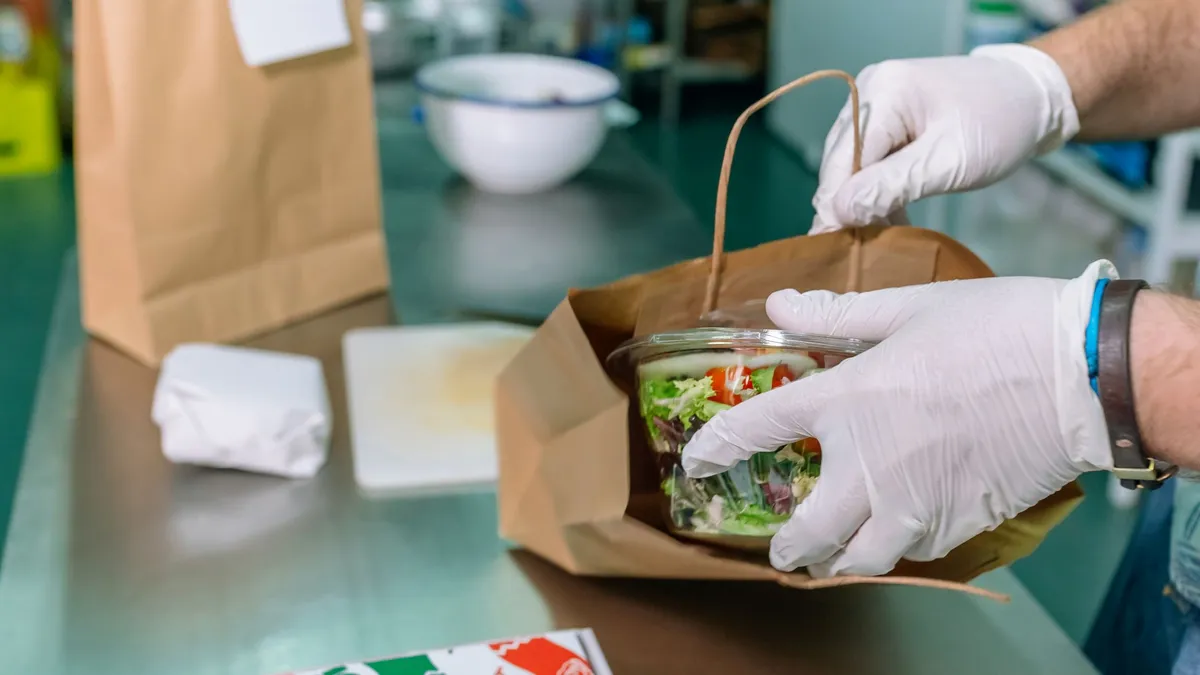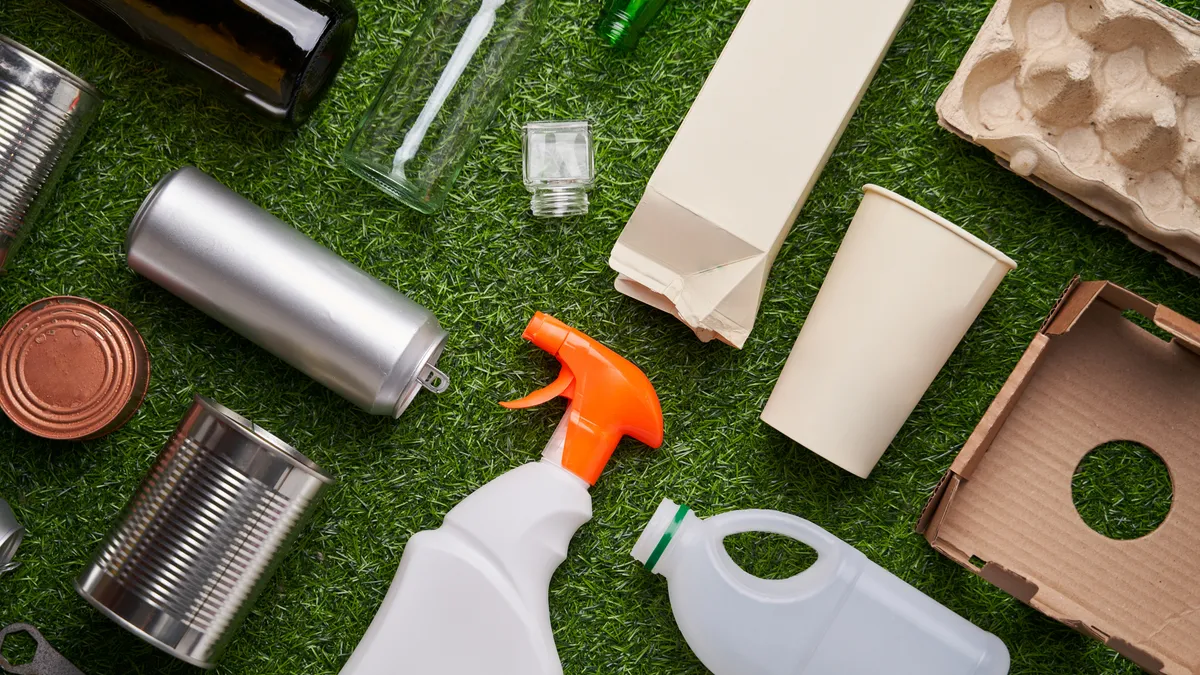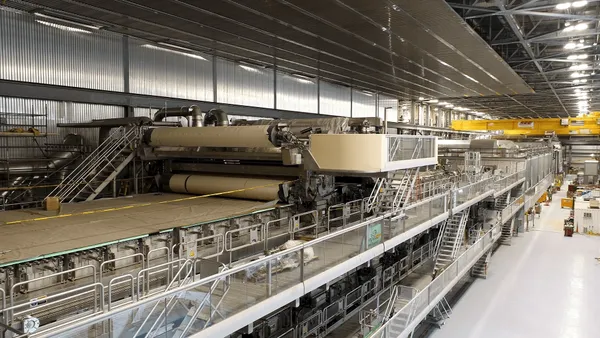Sustainability is a hot topic for packaging manufacturers and their customers, but other characteristics of packaging, like its protective and marketing qualities, take an equal or greater packaging design priority for many retailers and CPGs, according to speakers at last week’s E-PACK conference in Chicago.
When detailing a list of top 10 packaging design priorities for food and drink retailers, Lael Hamilton, packaging engineering manager at Kroger, said that e-commerce takes a lower priority — probably the seventh or eighth spot — while that ranking is slightly higher — around the fifth or sixth spot — for packaging engineers at CPGs.
For food retailers, marketing and consumer focus flip back and forth as the top two priorities, he said, and sustainability ranks sixth. He noted that sustainability hadn’t really registered prior to the pandemic, but emerging state regulations have prompted more of a sustainability focus. Cost also is a top concern: If that “e-commerce container costs more than what’s inside, then we’re missing something,” Hamilton said.
The pandemic pushed consumers away from brick-and-mortar retail and toward e-commerce and direct-to-consumer sellers, said Liza Antolick, account manager at CMC Packaging Automation. She and other speakers emphasized the importance of customer experience with e-commerce that can be lost when consumers don’t enter a retail store.
“Customer experience is everything,” Antolick said, noting the importance of paying attention to perception and considering changes accordingly. For example, “Is it easy opening? Our elderly are starting to do e-commerce ... What can we do about that?”
Speakers pointed to e-commerce packaging customization and personalization to better engage consumers. The importance of customization and considering the consumer experience is exemplified in the unboxing videos trend on social media, they said.
“Relationship building right now is so critical for these brands,” said John Felts, co-founder and CEO of Cruz Foam, which offers compostable foam packaging made from seafood protein and agricultural waste to replace plastic foam. “What people really want to see these days with products is that it’s not just about product; it's a holistic experience and packaging has now become part of the product.”
That holistic experience also involves designing direct-to-consumer packaging with sustainability in mind. But it’s not always an easy task, speakers said.
“We want to be as sustainable as possible,” said Jessie Schwartz, senior manager of design for life and innovation strategy at furniture company Lovesac. “We actually put all the instructions for assembly printed on the boxes ... We try to eliminate all of that extra waste.”
But getting consumers to pitch in with waste reduction, such as by recycling that packaging, is one of the biggest problems with e-commerce, she said. While the boxes that Lovesac uses for product shipping are recyclable, not all consumers will take the time to properly break them down and put them in a recycling bin, said Schwartz.
Plus, reverse logistics makes waste reduction and sustainability difficult for direct-to-consumer systems. People are not “going to keep a giant 37x42 inch box in their home until they actually decide” if they’re going to return an item within the 60-day window, Schwartz said. If people decide to return the item, “we have to send them new boxes for them to pack up to ship back to us,” she said.
Automation can help brands and retailers reach their goals for sustainability, cost and customer experience, Antolick said, adding that this doesn’t have to compete with other goals like personalization.
“We have the ability to customize every single box that goes through,” Antolick said. Using automation “should be like a ladder. The ladder gives you the ability to go up and over in space. It doesn’t tell you how high to climb or where to go. It lets you do something that you wouldn’t be able to do without it.”














